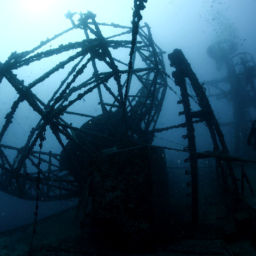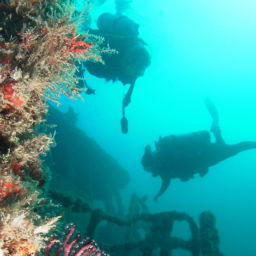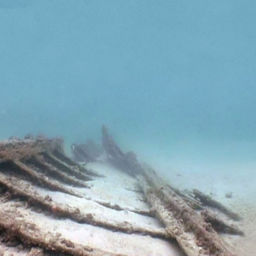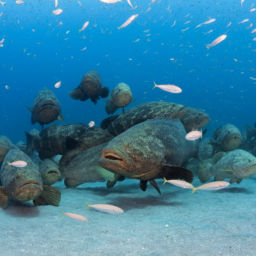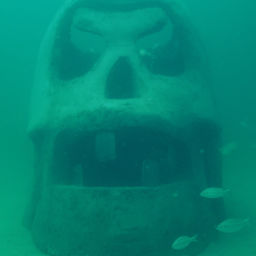Recently documented in the landmark BBC series “Blue Planet 2,” Jupiter, Florida has gained some notoriety for its annual lemon shark aggregation. Every year from December to late March, these lemon sharks, which can grow to over 13 feet (4 m) follow the nutrient-rich Gulf Stream. And in the sharks’ wake follow the divers, eager to encounter up to 60 individuals on a dive.
Taxonomy of the lemon shark
The lemon shark is a blunt-nosed shark, with a rounded head unlike many other species in its particular family. Their long, thin teeth are designed to catch prey consisting of bony fish, crustaceans, stingrays, and other species of shark such as guitarfish.
Lemon sharks are named for the yellowish hue of their skin, which allows them to practice perfect camouflage in shallow, sandy waters. Pups and juvenile lemon sharks thrive in the mangroves of southern Florida and the Bahamas. Researchers think that they congregate off Jupiter to mate and subsequently travel south to give birth in these mangroves. In fact, many divers have observed females lying on the sea floor waiting to mate.
Threats to lemon sharks
Lemon sharks are not only fished commercially and recreationally from the Florida coast to the waters of the Bahamas, but the sharks’ nursery mangroves also face decimation from human expansion. These nurseries, home to lemon sharks among others for the first seven years of their lives, are beginning to receive some protection due to the tireless work by conservation societies such as the Bimini Shark Lab.
Diving with lemon sharks
In the winter, the waters off Jupiter average around 75 F. This means most divers will feel comfortable in a 5- to 7-mm wetsuit. Dive operators recommend full wetsuits, gloves and hoods as well as the water will be a bit cooler at 85 feet deep (30 m).
Various conservation and research organizations have begun to actively document the aggregation. Over the last few years, they have discovered that not only lemon sharks patrol the coast of Florida in vast numbers each year, but also that thousands of blacktips migrate over the winter just offshore. Over the winter of 2011, scientists counted 12,000 individual blacktips over a 31-square-mile (80 square kilometers) transect. Scientists found that most shark species along the coast of Florida — whether tigers, blacktips, or lemons — are rarely present when water temperatures drop below 75 F (24 C).
Further off the Jupiter coast, the deeper reefs have earned reputations as home to some of the best shark-diving in the United States. Around 45 minutes by boat from the coast, hammerheads, bulls, tigers and more await, depending on time of year.


